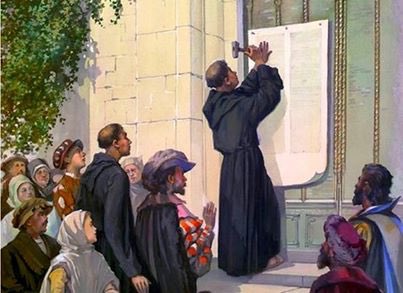September 24, 1762 -
A British fleet sailed into Manila Bay, capturing the greatest Spanish fortress in the western Pacific. The expedition from Madras, led by Brigadier-General William Draper and Rear-Admiral Samuel Cornish, comprised eight ships of the line, three frigates, and four store ships with a force of seven thousand regulars, sailors and marines.
The Great Powers' competing interests over trade and colonies was the underlying cause of the Seven Years War. Yet the fall of Manilla (and the nearby principal port of Cavite) created a critical point of dispute for the negotiators of the Treaty of Paris. The British needed a base in the Pacific, while the Manila galleons contributed to Spain's continued, though greatly diminishing, wealth. Without a reciprocal trade, Spain simply could not afford to give up the Philippines to the British.
Unable to reach a mutually agreeable settlement in Paris, the tension would escalate until 1766, when a spark culminated in the Anglo-Spanish War of the Indies. During the interim, imperialists had considered creating a British East Indies, putting the islands under the control of the British East India Company, maybe even creating a home-from-home grandly named "New Albion." Certainly the Christian majority population created imaginative opportunities that would never be attempted by colonial authorities back in Madras. But instead the British took the historically significant decision to divide the Philippines into the three separate governing provinces of Luzon, Visayas, and Mindanao.
Author's Note:
In reality, once Manila fell to British troops, the churches and government offices were ransacked, valuables were taken and historical documents such as Augustinian records, government documents, and even the copper plates for the grand 18th-century Murillo Velarde map of the Philippines were ransacked along with the naval stores at the Cavite Naval Yard, the paintings in the Governor General's Palace, the contents of Intramuros churches and the possessions of most wealthy houses. Rape, homicide, and vandalism also rampaged through the city in what is known as the first "Rape of Manila." The British demanded a ransom of four million dollars from the Spanish government to stop the plundering of the city, to which Archbishop Rojo agreed in order to avoid further destruction. However, the resistance from the provisional Spanish colonial government established by members of the Royal Audience of Manila and their Filipino allies prevented British forces from taking control of territory beyond the neighbouring towns of Manila and Cavite. The British occupation was ended as part of the peace settlement of the Seven Years War.
Provine's Addendum:
Anglicization proved difficult in the former Philippines since the Spanish culture had been introduced to the islands centuries before. Many in Parliament saw the islands as an albatross around the empire's neck. Still, the East India Company had huge promises of wealth, and the venture lumbered on. In the nineteenth century, imperialization became much more effective with huge leaps in industrial goods like repeating rifles and transport like the steam engine. British investment poured into the islands, focusing on the most anglicized areas in Luzon in the north first, leaving the more southerly Visayas and Mindanao island groups less developed.
In the twentieth century, Britain found a new rival in the expanding Japanese Empire. On December 8, 1941, Japanese forces seized the islands by overcoming the small, but hard-fighting, resistance force left behind as most troops had been pulled toward Europe. The United States balked at Japanese aggression but remained as neutral as it could be in Lend-Lease to the Allies. Japan then moved on to attack Australia and India, seemingly threatening to swallow up all of the British and Dutch colonies in the region. However, Japan's navy soon found itself greatly overextended. Upon the entry of the United States into the fray in 1943 following the sinking of US shipping, their forces were readily rolled back while Japanese cities faced new war technology in the atomic bomb.
After the war ended, the former Philippines left the British Empire like many other colonies. War soon broke out again, ultimately seeing the island group split into pro-capitalist Luzon in the north and communist "South Philippines" with Visayas and Mindanao seeing further political turbulence from the Sunni Islam residents later seeking independence in the southwest.
